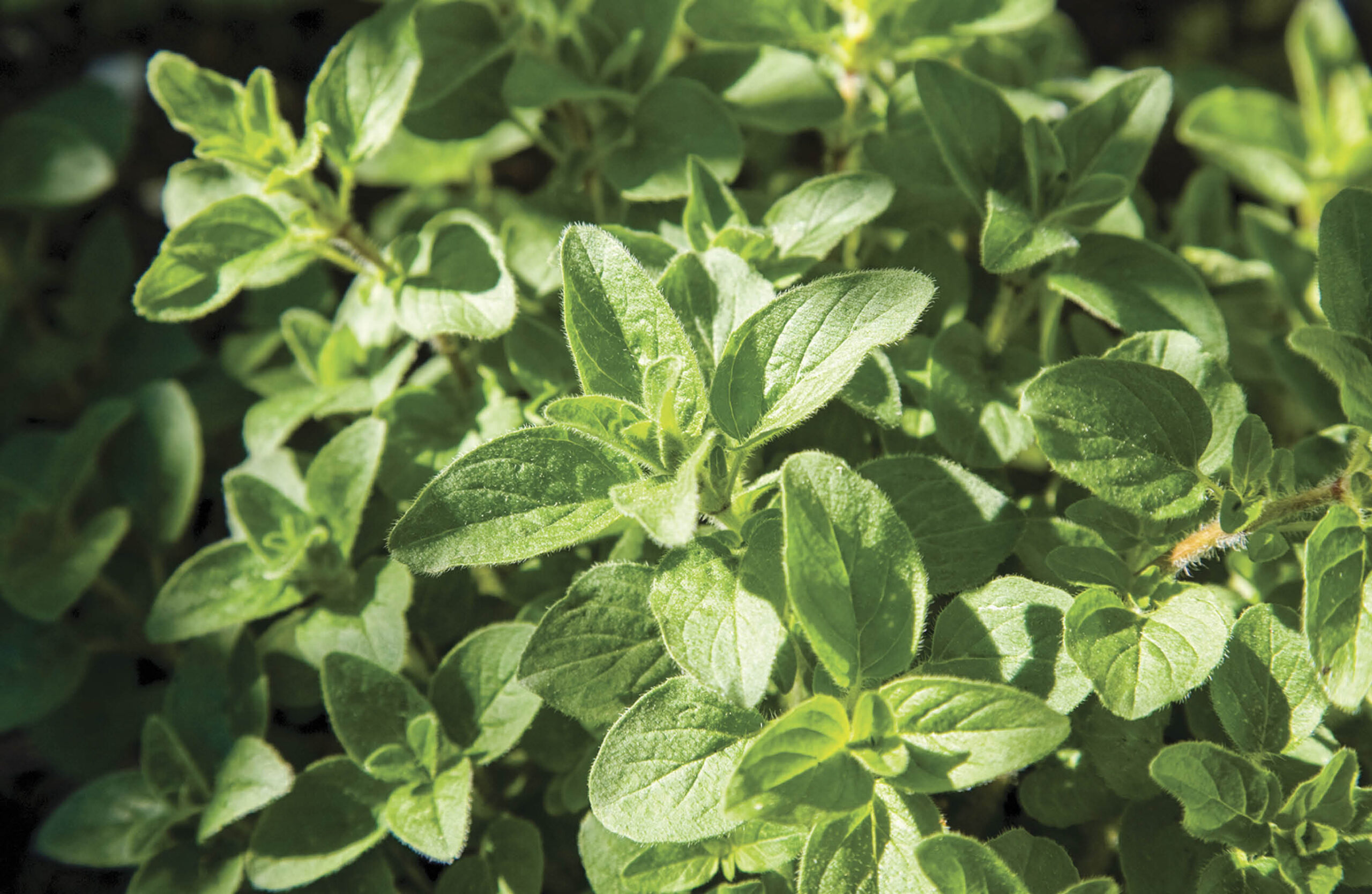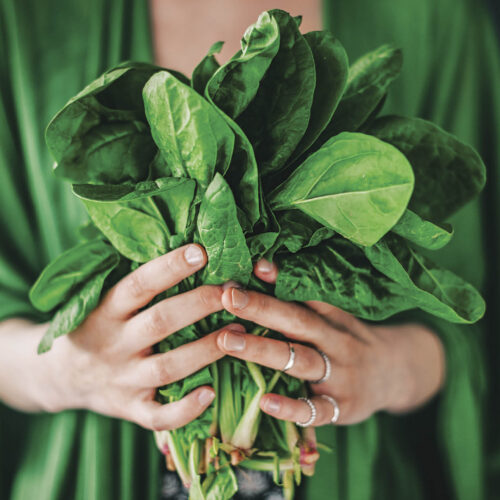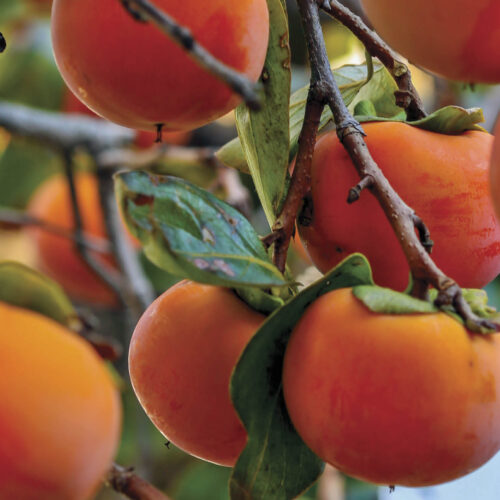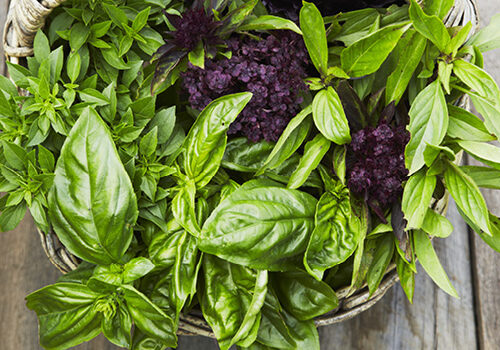Oregano and tarragon
2025-01-15T15:51:14+11:00
These two Mediterranean herbs can be easily grown in your garden, or on your balcony, with these tips.
Many parts of Australia have a similar climate to the Mediterranean – hot, dry summers and mild, wet winters. Because of this, Mediterranean herbs thrive in these areas. Low-maintenance perennials, these plants are especially suited to coastal gardens and sandy soils. Oregano and tarragon are just two to try.
Oregano
Climate
Tropical • Subtropical • Arid/semi-arid • Warm temperate • Cold temperate
Width
40-60cm
Height
40-60cm
Sun
Full sun
Harvest time
All year (spring to autumn in cold areas)
An essential staple in any herb garden, oregano is a spreading ground cover that survives frosts once established. Oregano is drought tolerant but does appreciate an extra drink during periods of hot weather to ensure healthy growth, especially if it is in a pot. Cut back plants regularly to keep them compact and bushy. In cooler climates, oregano will die back in winter and resprout again in spring.
The best time to harvest oregano for drying and storing is right before it starts to flower, as during this time there is a high concentration of oils and the strongest flavour. For a classic pizza and Italian oregano, plant Greek or common oregano. For something different, try variegated oregano with delicate, two-toned leaves and a milder flavour.
Tarragon
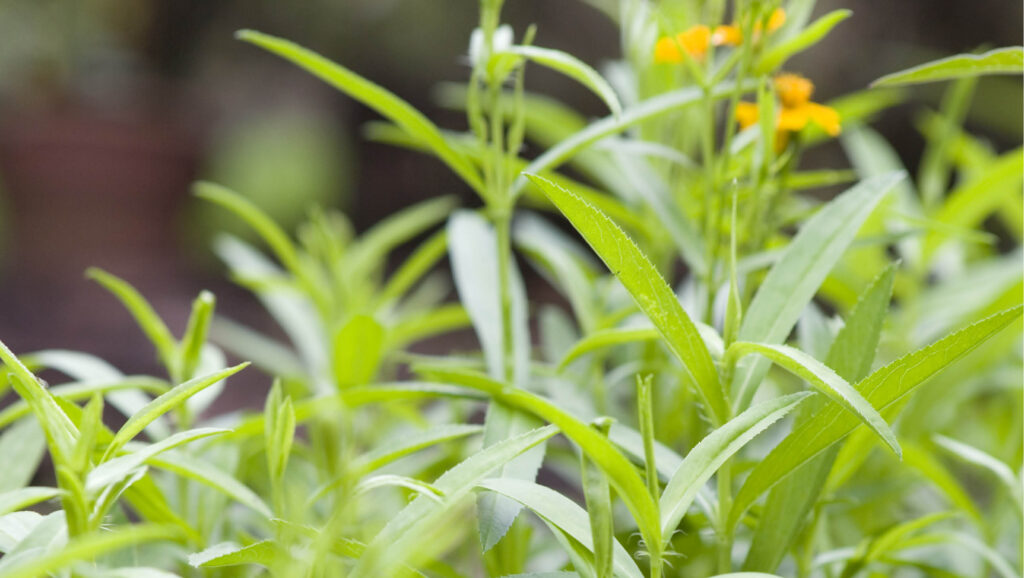
Climate
- French tarragon (Artemisia dracunculus) Subtropical • Arid/semi-arid • Warm temperate • Cold temperate
- Mexican tarragon(Tagetes lucida) Tropical • Subtropical • Arid/semi-arid • Warm temperate • Cold temperate
Width
40-70cm
Height
40-70cm
Sun
French tarragon – semi shade
Mexican tarragon – full sun
Harvest time
French tarragon (Nov-Mar)
Mexican tarragon (all year most areas or spring-summer in cooler climates)
When you see ‘tarragon’, it’s often referring to French tarragon, a prized culinary herb with a distinct aniseed flavour. French tarragon requires well-draining soil and will rot with wet feet – grow in pots if drainage is an issue. French tarragon doesn’t produce viable seed so start with a divided plant or cutting. Divide plants every three years to keep them productive.
French tarragon (Artemisia dracunculus) This plant struggles in humidity as it’s susceptible to fungal infections. If you live in a tropical or subtropical climate, treat it as an annual or grow Mexican tarragon as a substitute.
Mexican tarragon (Tagetes lucida)
Producing an abundance of yellow, daisy-like flowers, this tarragon has a similar but stronger flavour.
Subscribe to the magazine and get eight issues filled with great organic growing ideas delivered to your door!

